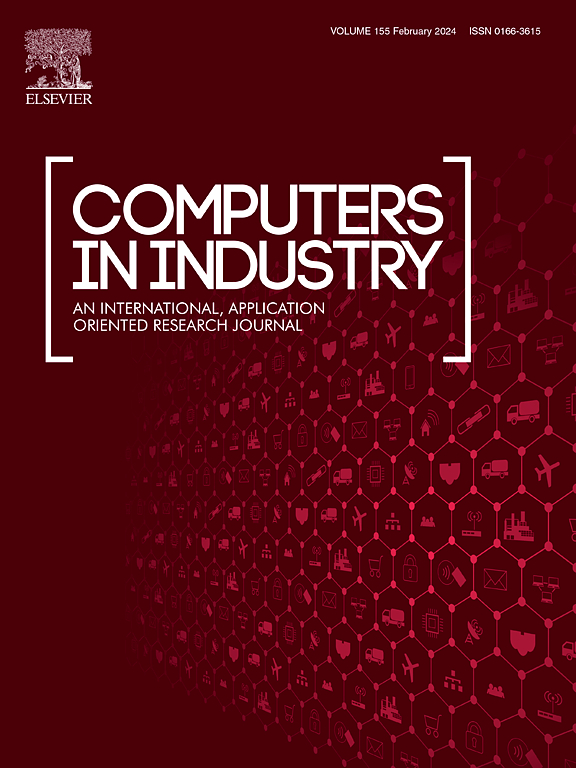基于模型不可知元学习和任务嵌入的跨领域少镜头剩余使用寿命估计框架
IF 9.1
1区 计算机科学
Q1 COMPUTER SCIENCE, INTERDISCIPLINARY APPLICATIONS
引用次数: 0
摘要
剩余使用寿命(RUL)评估的目的是根据监控数据预测系统故障发生前的时间,便于采取主动维护措施。精确的RUL估计可以显著提高系统的可靠性和安全性。然而,当新的系统故障出现时,基于历史故障数据训练的预测模型往往难以准确估计。历史故障数据和新故障数据之间的分布变化,加上新故障数据极少,导致了跨域的少量预测场景,这对许多基于深度学习的RUL估计方法提出了重大挑战。针对这一挑战,本文提出了一种基于任务嵌入的模型不可知元学习(MAML)的跨域少镜头规则学习估计框架。首先,采用分段策略构建更多的元任务,捕获更全面的退化信息,实现高效的元知识提取;然后,设计独立于骨干网的任务嵌入,将特定于任务的退化知识编码为高效的低维向量,缓解了标记数据有限导致的过拟合问题,从而提高了RUL估计的性能。此外,编码的退化知识只被注入到特征提取器中,使表征变化占主导地位,具有更好的跨域适应性。在涡扇发动机和风力发电机齿轮箱数据集上的实验结果表明了该框架的有效性和优越性。RMSE和Score评估的估计结果分别提高了9 %和31 %。本文章由计算机程序翻译,如有差异,请以英文原文为准。
A cross-domain few-shot remaining useful life estimation framework based on model-agnostic meta-learning with task embeddings
Remaining useful life (RUL) estimation aims to predict the time until system failure based on monitoring data, facilitating proactive maintenance actions. Precise RUL estimation can significantly enhance system reliability and safety. However, when new system failures emerge, predictive models trained on historical failures data often encounter difficulties in accurate estimation. The distribution shift between historical and new failures data, coupled with extremely few new failures data, results in cross-domain few-shot prognostic scenarios, posing a significant challenge to many deep-learning-based RUL estimation methods. In response to the challenge, this paper proposes a novel cross-domain few-shot RUL estimation framework based on model-agnostic meta-learning (MAML) with task embeddings. First, a segmentation strategy is adopted to construct more meta-tasks, which can capture more comprehensive degradation information for efficient meta knowledge extraction. Then, task embeddings that are independent of backbone network are designed to encode task-specific degradation knowledge into efficient low-dimensional vectors, which alleviates overfitting caused by limited labeled data, thus improving RUL estimation performance. Moreover, the encoded degradation knowledge is only injected into feature extractor, making representation change dominant for better cross-domain adaptability. Experimental results on turbofan engine and wind turbine gearbox datasets reveal the effectiveness and superiority of the proposed framework. Estimation results evaluated by RMSE and Score improve 9 % and 31 %, respectively.
求助全文
通过发布文献求助,成功后即可免费获取论文全文。
去求助
来源期刊

Computers in Industry
工程技术-计算机:跨学科应用
CiteScore
18.90
自引率
8.00%
发文量
152
审稿时长
22 days
期刊介绍:
The objective of Computers in Industry is to present original, high-quality, application-oriented research papers that:
• Illuminate emerging trends and possibilities in the utilization of Information and Communication Technology in industry;
• Establish connections or integrations across various technology domains within the expansive realm of computer applications for industry;
• Foster connections or integrations across diverse application areas of ICT in industry.
 求助内容:
求助内容: 应助结果提醒方式:
应助结果提醒方式:


